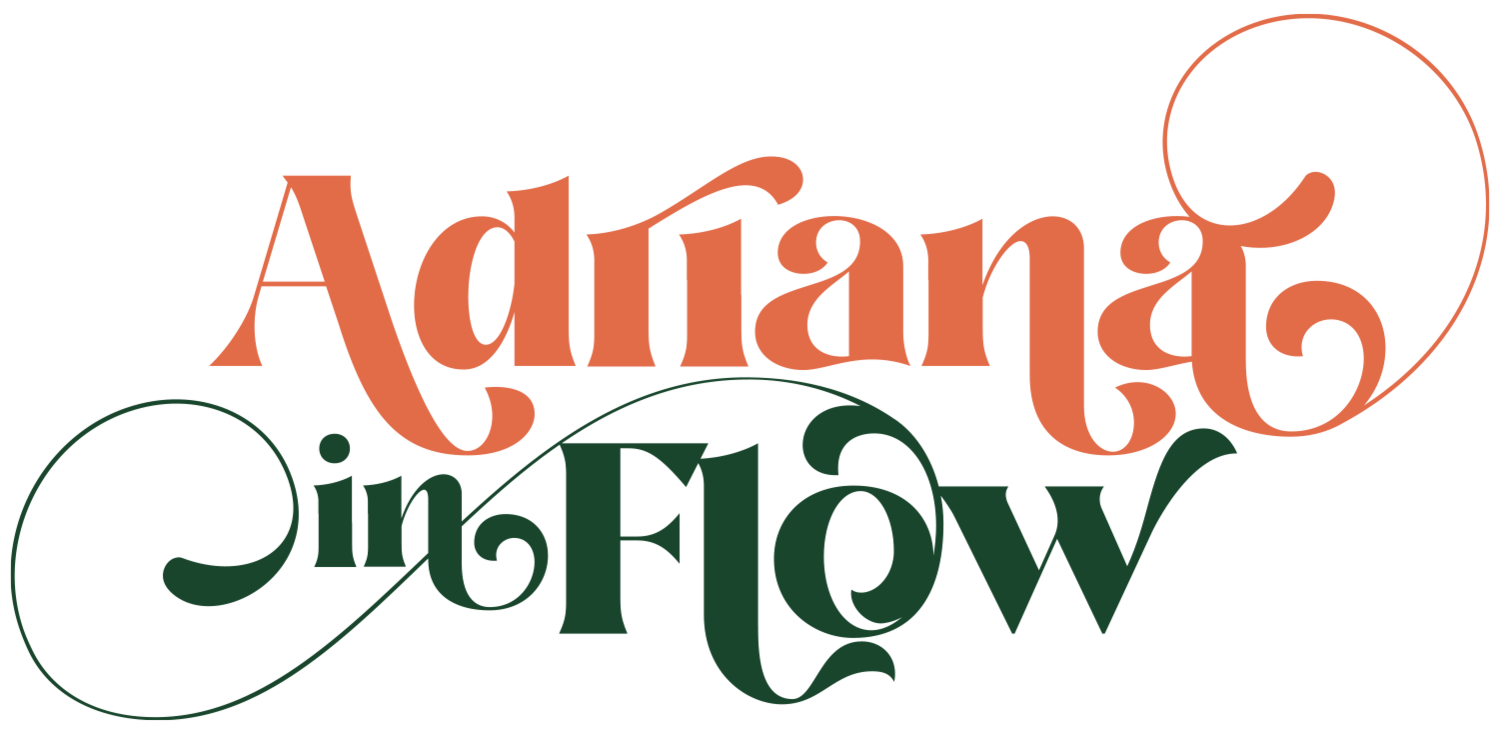Breathing Exercises for Anxiety
Below are a few breathing exercises to calm your nerves during an anxiety attack.
The most common symptom of having an anxiety attack or panic attack is the sensation of not being able to catch a breath. Rapid breathing, or hyperventilation, during panic attacks can be scary and can cause all kinds of unsettling symptoms like tingling sensations and muscle contraction.
The fact that you’re still breathing means that you’re okay and you are getting enough oxygen. However the rapid pace of short, shallow breaths can raise your heart rate, and blood pressure. One reason why you can’t get a deep breath even when you try is because you’re so focused on the inhale that you forget to exhale completely. Continuously trying to get a deep breath when your lungs are still full uses your chest muscles to expand your ribs more to try to fit more air in. This tightening of the chest muscles can cause chest pain or heaviness. The chest discomfort felt during an anxiety attack is usually not the heart, but the chest muscles.
During an anxiety attack, the sympathetic nervous system is turned on, meaning that you are in the fight or flight response. Deep, belly breathing turns on the parasympathetic nervous system, often called Rest, Digest & Heal. This has a calming effect.
Diaphragmatic Breathing, or Belly Breathing
The simplest breathing exercise for anxiety is diaphragmatic breathing. The diaphragm is a dome-like structure just under the ribcage. When you breathe into your belly, your diaphragm expands as you inhale, and contracts as you exhale. You can even feel it naturally move up into the rib cage when you hold your breath on empty for a few seconds.
Place one hand on your belly, and the other on your chest.
Exhale completely.
Start your inhale in your belly. You should feel the diaphragm expand into your hands, or the belly move out into your hands as you inhale.
Continue inhaling into your chest, but only a comfortable amount.
Pause with your breath held for a few seconds. You might count to 3 or 4.
Exhale slowly feeling your belly empty before your chest.
Pause briefly before starting your next inhale.
Repeat this breathing exercise for several rounds until you feel calm and your anxiety has dwindled. The rhythm is inhale belly rises, chest rises, pause, exhale belly falls, chest fall, pause.
Ujjayi Breathing, or Yogic Breathing
Ujjayi breathing is commonly used in yoga classes everywhere. This breathing exercise is slightly more complicated than diaphragmatic breathing but is very effective for anxiety. Ujjayi breathing is essentially a slow inhale and exhale through your nose, while slightly constricting the back of your throat as you breathe. This creates an oceanic sound. The reason Ujjayi breathing is so effective for anxiety is because the constriction of the back of the throat slows down the breath, and stimulates the vagus nerve - which turns on the parasympathetic nervous system (Rest, Digest, & Heal).
To get a feel for ujjayi breathing, first inhale and exhale through your mouth as if you were fogging up a mirror.
Then, try inhaling through your mouth and exhaling through your nose continuing to make that whisper sound throughout.
Finally, try inhaling and exhaling through your nose making that same whisper sound the whole time.
Lion’s Breath
This type of breath can feel a bit silly but is very helpful for anxiety.
Exhale completely.
Inhale slowly through your nose into your belly first.
Pause briefly, one or two counts.
Exhale slowly through your mouth while sticking out your tongue as far as you can. Keep your tongue reaching towards your chin for the duration of the exhale.
Repeat 5-10 times.

